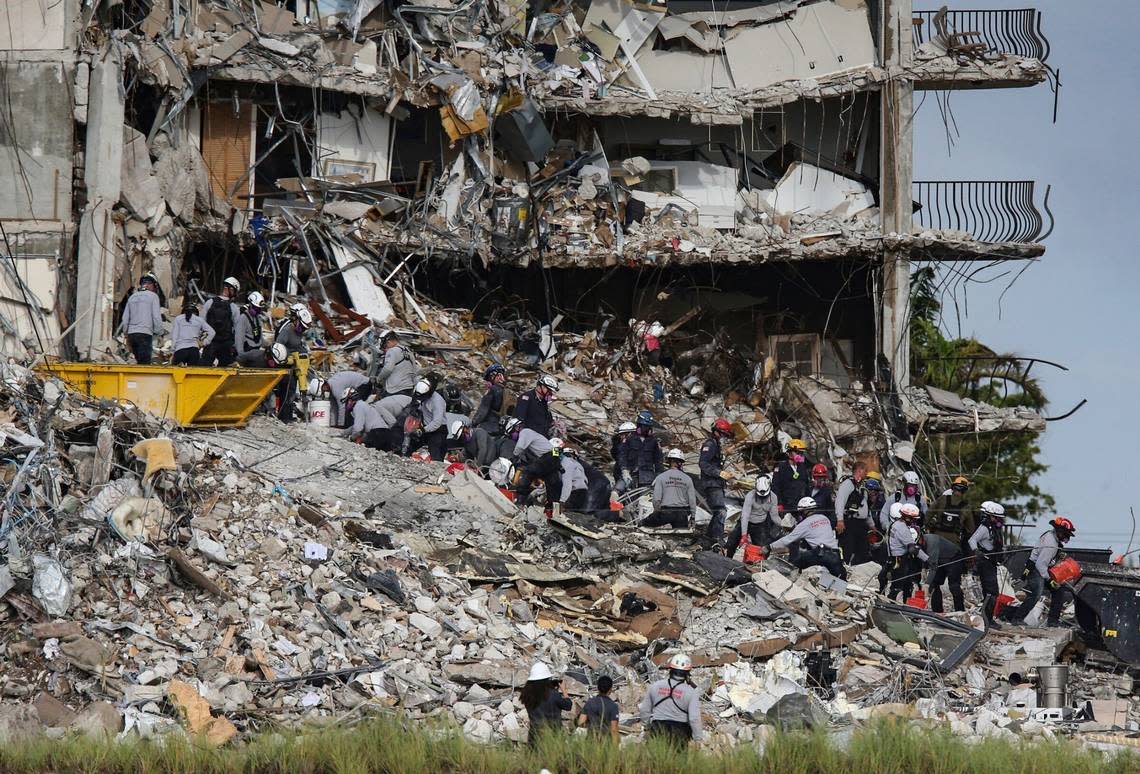Surfside families portray victims to judge dividing $1.1 billion. ‘The entire room was crying.’
Seventy-nine funerals in five weeks.
Not at a cemetery but inside Judge Michael Hanzman’s courtroom, during unprecedented hearings held throughout an excruciating summer of sadness as he appraised the worth of the victims killed in the Surfside condominium collapse.
Family members gave presentations — eulogies, really — on lives well lived or cruelly cut short when Champlain Towers South, a 12-story, 40-year-old oceanfront building, suddenly fell at 1:22 a.m. on June 24, 2021. They showed videos of weddings, birthdays, graduations and bar mitzvahs. Everyone in the room wept. Hanzman descended from the bench to embrace sobbing relatives in the folds of his black robe. Then, working into the night, he meted out $1.1 billion in settlement funds among the loved ones of the dead.
But how to quantify a human being, whether it is a 1-year-old child or a 92-year-old grandmother, a brilliant university student researching the prototype of a prosthetic hand, a middle-aged doctor to veterans, a promising 26-year-old lawyer and her newlywed husband, a devoted father and Little League coach, a young nanny from a tiny village in Paraguay on her first trip away from home, a retired teacher and a soon-to-be-retired flight attendant?
READ MORE: ‘I’m a mess.’ Surfside survivors struggle to reclaim their lives after tower collapsed
A sense of closure
How to calculate the pain and suffering -- the cost of a broken heart -- of relatives when two or three generations of families were wiped out, knowing it is impossible to assuage grief with money, knowing that the only justice in the class-action case was to pay awards coldly termed “damages.”
Family members dreaded the emotional two- to three-hour claims hearings, and the responsibility of reanimating those buried in the rubble through their remembrances. But once the hearings were over, they felt a sense of cathartic closure.
“Losing a child — it’s like a phantom limb. You still feel it attached although you know it’s gone,” said Ronit Felszer, mother of Ilan Naibryf, 21, a University of Chicago student who died with his girlfriend while they were staying in the eighth-floor unit owned by her family. “At no time did we feel like we were negotiating a number on our son’s life. Instead, it was therapeutic. We were grateful to be able to share our loss.”
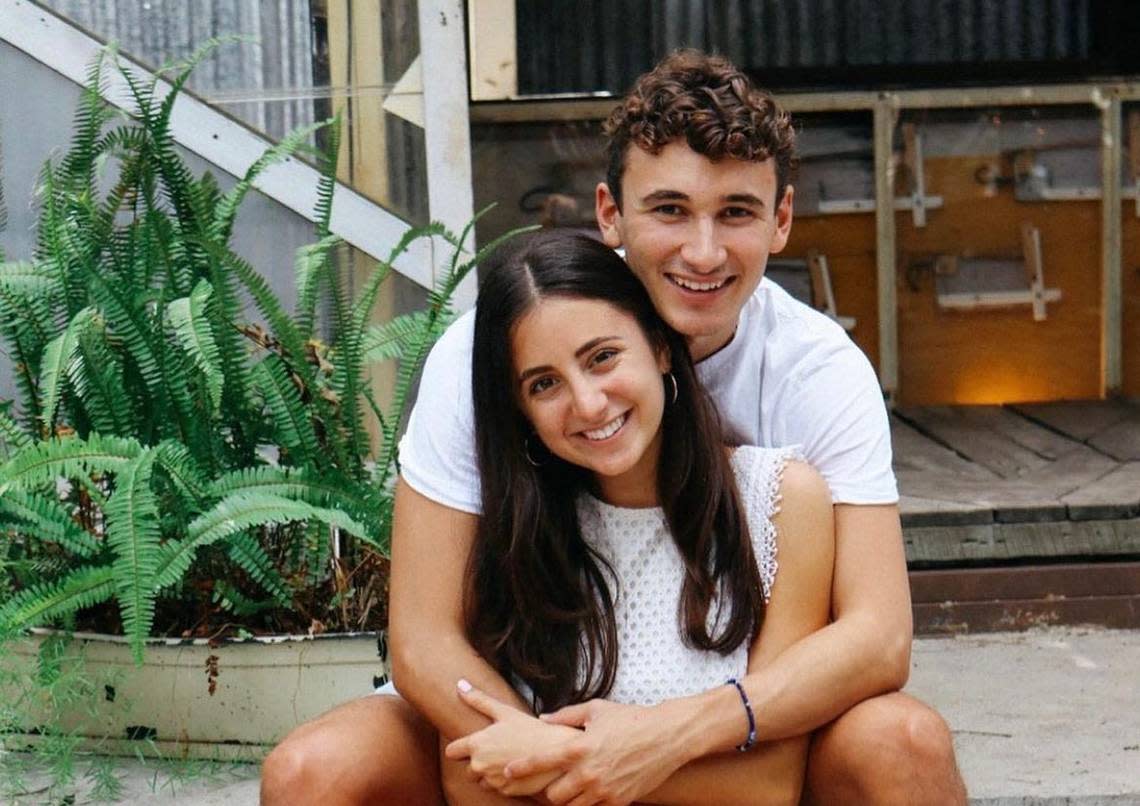
Everything about the final stage of the case that began 14 months ago with lawsuits on behalf of the 98 people who died was unusual.
“This has never been done before,” Hanzman said of his decision to conduct three mini-trials per day, partnering with retired Miami-Dade Circuit Judge Jonathan Colby, and give families freedom to talk about the lives lost before he assigned a value to each life.
“Instead of institutional justice we wanted to provide them with compassionate justice,” Colby said. “We decided we’d create a new paradigm. Most trial judges never try 98 wrongful death cases to conclusion in their entire careers, much less in five weeks.”
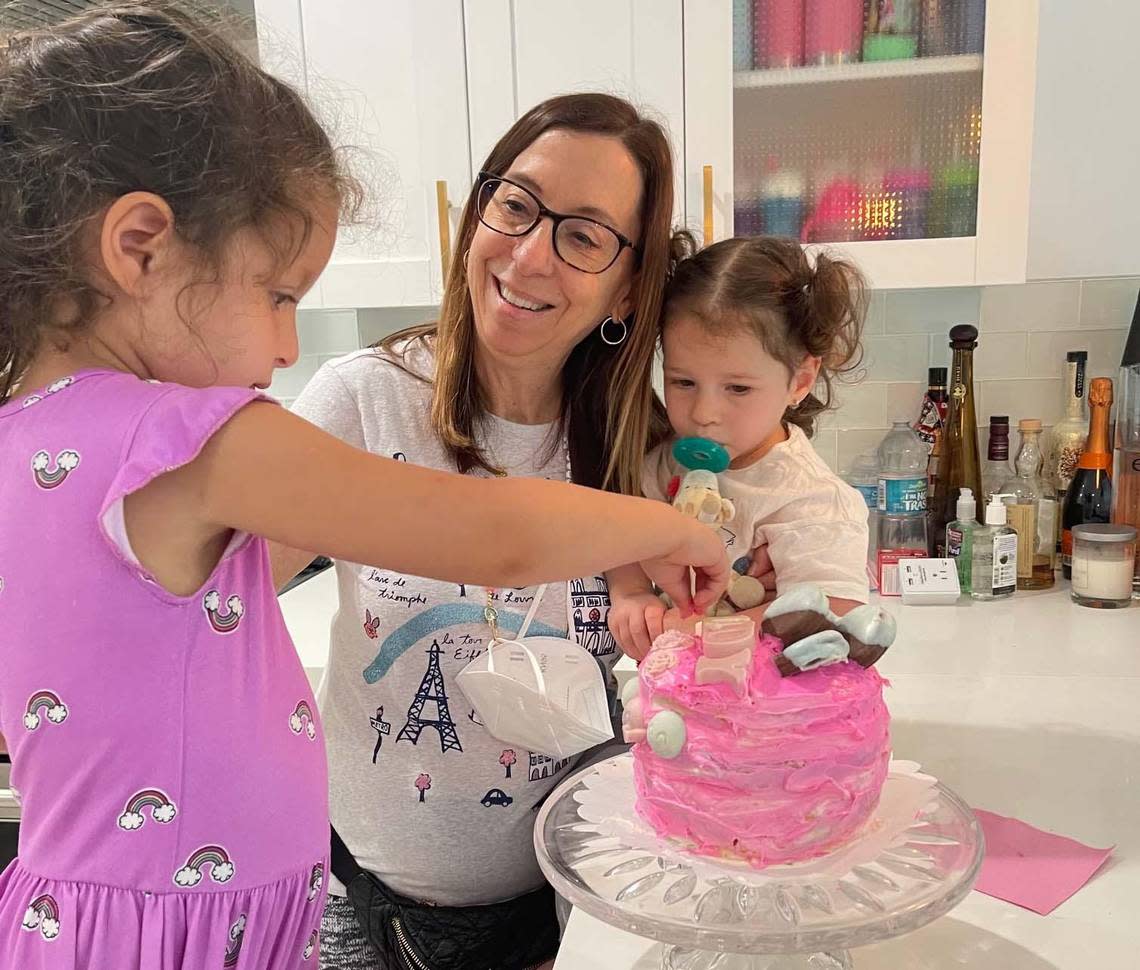
Judy Spiegel, 65, was living in 603 when Champlain South collapsed. Her husband Kevin, a hospital administrator, was in California on a business trip. During the Spiegel hearing, her widower, three children and friends emphasized her volunteer work and selfless nature as the glue of the family.
Kevin Spiegel was impressed by the judges’ engagement and empathy.
“They never rushed us. You could tell they had an investment in each story,” he said. “They allowed us to reflect on Judy’s life even though we couldn’t scratch the surface.
“This will set a precedent. Arriving at a statistical figure of worth without family input would not have yielded as fair a result. Looking in the eye of the person deciding the outcome is comforting to families.”
READ MORE: Ordinary moments turned extraordinary in the final hours before Surfside condo collapse
Stuart Grossman, one of Florida’s most prominent personal-injury lawyers whose Miami firm represented 11 Surfside clients, said the ordeal was legally unorthodox and mentally draining.
“There will be other common disasters,” Grossman said to Hanzman at a hearing. “My prediction, no one will put themselves through what you put yourself through with these families.
“It’s unheard of. It’s Hand-like,” he said, referring to the late Learned Hand, one of America’s most influential jurists.
The private claims hearings before Hanzman and the close friend and former colleague he asked to help him — Colby, who traveled from San Diego and worked for free just 10 days after his own mother died — were a substitute for jury trials, had the cases gone to trial, or proceedings in which a special master or mediator would decide the allocation of damages, typically with a formulaic, actuarial methodology.
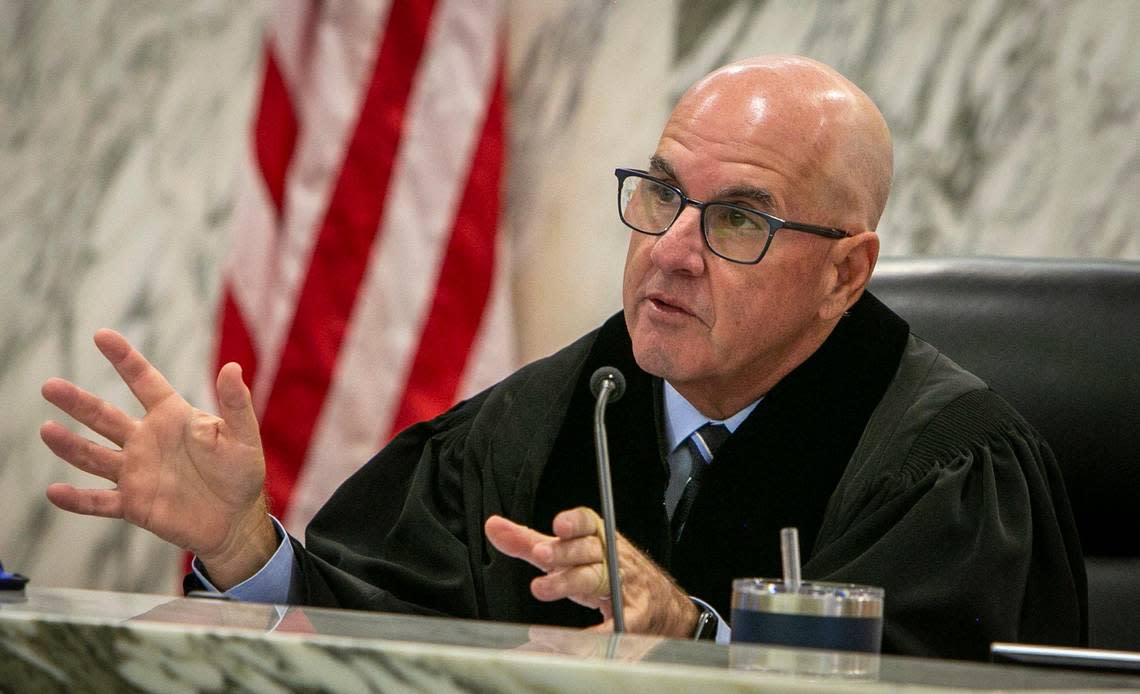
Hanzman, after initially appointing two claims administrators, changed his mind and chose to make it personal. He knew it would be more painful, for himself and the families, but he believed it would be more equitable and efficient, and hoped it would provide a source of healing.
“I’ll look back at this as the most remarkable litigation I’ve ever been involved in,” Grossman said. “These pleas fell on phenomenal ears, and then these damaged people were wrapped in the arms of justice. One of the beauties of this format was that the judges could exert quality control in record time in appraising the unique facts of each case. If we were to have 79 jury trials, the verdicts would be all over the place and it would take another five years.”
Hanzman had presided over the case from the day after the collapse, designed its complex class-action structure, overcame pivotal hurdles and imposed strict deadlines that enabled its swift resolution.
‘It was raw’
“I felt the victims deserved to be heard by me,” Hanzman said during an interview with Colby in his office. “I knew it would be difficult — not as difficult as it turned out to be. I clearly underestimated that. To their credit, virtually every family opened up. They were candid. It was raw. These families were just broken. The risk was putting them through trauma all over again. I decided we had come this far and it was the right thing to do.”
Claimants disappointed with their awards say Hanzman overstepped by taking on the dual role of judge and jury.
“They valued the life of my wife very low and I am very sad,” said Joseph Blasser, whose wife Elena Blasser, 64, a retired schoolteacher and assistant principal, and her mother, Elena Chavez, 87, died in the collapse. He was out of town visiting an ill relative. “This settlement money was not intended to make people wealthy but to be split fairly among the families and survivors and compensate us for our losses with justice, respect and dignity.”
After reviewing some 240 claims involving owners, renters and visitors at the 136-unit building, Hanzman awarded almost all of the $1.1 billion settlement to relatives of the 98 people who died — including three who were rescued from the rubble with serious injuries and also lost loved ones who were beside them when the building fell. The remainder went to survivors who escaped from the intact section of the building, who are battling physical or psychological injuries such as post-traumatic stress disorder, and to other owners who were not present that night but lost everything when the rest of the building was demolished July 4.
Damage awards ranging from $5 million to $35 million for each decedent will be paid this month to relatives of 79 people who died and had their cases heard by Hanzman and Colby. The wrongful death awards are based on estimations of lost income over a lifetime and pain and suffering of the relatives. The average payout will be $13 million, with the majority worth $20 million or more.
Relatives of 19 people who died but chose not to have hearings -- most often because of a lack of eligible statutory survivors -- will receive the $1 million minimum payment per decedent allotted by Hanzman.
About 110 people who were not in the sections that collapsed but incurred personal injuries will receive the minimum of $50,000 up to $150,000. Hanzman rejected five claims by owners who were not present when the building fell but asked for more than $50,000.
Hanzman also paid $65 million from the $1.1 billion pot to the victims’ lawyers, who won the settlement against 30 defendants, which included consulting engineers for Champlain South’s impending renovation, builders of a luxury condo next door and the biggest chunk — $517 million — from the security company that managed the condo’s alarm system but acknowledged it did not train the guard on duty that night how to activate it.
Many families angrily criticized the payment of lawyers’ fees given that at the outset, the lawyers had agreed to work pro bono if Hanzman deemed it necessary.
“Hearing words like ‘victory’ and ‘success’ is not appropriate. There were 98 people who died. This was hell,” Dovy Ainsworth said in court when Hanzman announced the payment, and the judge and lawyers congratulated each other, even calling for two rounds of applause for Hanzman. Ainsworth lost his father and mother in the collapse.
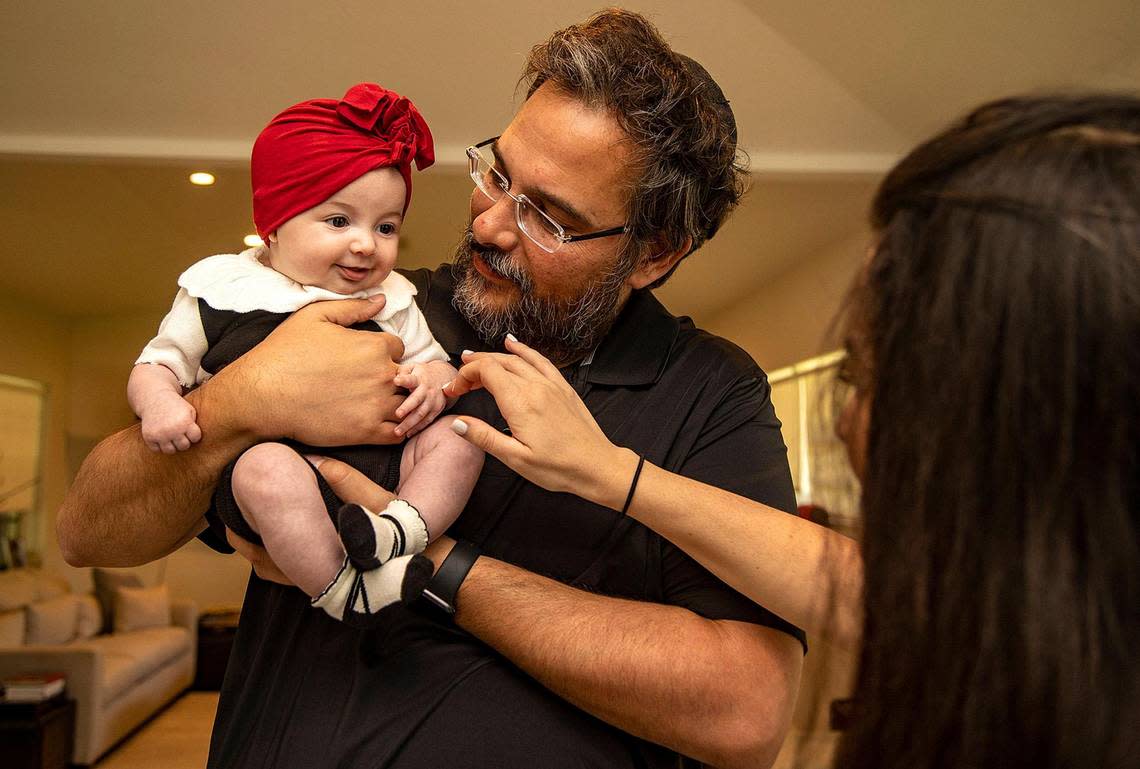
Binders describing victims’ lives
Family members braced for the claims hearings last month just as Hanzman and Colby did. They and their lawyers prepared binders of biographical information including photos and resumes which the judges studied beforehand. They constructed Powerpoint presentations with videos and testimonials. They designated which family members would speak to the judges and answer questions.
The lawyers examined jury awards in comparable cases, tallied lost future earnings, applied Florida law on who is defined as a statutory survivor — one of the most restrictive laws in the nation — and filed a claim, or demand, for a specific amount of money. Hanzman warned the lawyers to make the number accurate and fair because he and Colby, an expert in wrongful death and personal injury law, would recognize if it were inflated.
To be precise, attorney Alex Arteaga-Gomez, who represented the Spiegel family, hired an economist to estimate an hourly rate for the support Judy Spiegel provided daily in taking care of her mother-in-law and granddaughters.
“We tried to make it a celebration of the breadth of her role rather than darkness about her absence,” Arteaga-Gomez said during an interview at the Grossman Roth Yaffa Cohen office. “The judges made the courtroom as informal and warm as possible. Nobody was sworn in or took the stand, no court reporter. It was minimal lawyer oratory and maximum personal anecdotes. It’s rare to have a dialogue between judges and families.
“What was different was that we had the decision-maker in front of us, and we did not have to spoon-feed information to a jury at a trial years from now. It’s finished in just over one year’s time.”
Mike Stratton, who has made a career out of managing stress and crisis as a political consultant, said gathering material for the hearing was a reminder of all the mementos and photographs destroyed in the collapse. At the hearing, he spoke about his late wife, Cassie Stratton, as did her daughter, Ariana. Cassie, 40, was on their fourth-floor balcony looking down at the caved-in pool deck when the building fell.
“I’ve never had an anxiety attack until that hearing. It left me paralyzed,” he said. “The judges were extremely sensitive to my situation. Cassie died talking on the phone with me. That haunts me every day.”
The Naibryfs, represented by Rachel Furst of Grossman’s firm, consulted with Kenneth Feinberg before their hearing. He was the special master on the 9/11 terrorist attack case who determined 5,562 damage awards totaling $7 billion, a three-year process he described as “debilitating.” He was also administrator of victims’ funds for subsequent tragedies, including the mass shootings at Sandy Hook Elementary School and Virginia Tech. He wrote a book entitled “What is Life Worth?,” which became a Netflix movie.
Feinberg tells families that no assignation of value can be adequate or just. Compensation is a form of mercy.
“Preparing for the hearing was like going into an exam,” said Felszer, Ilan’s mother, during an interview with the Herald.
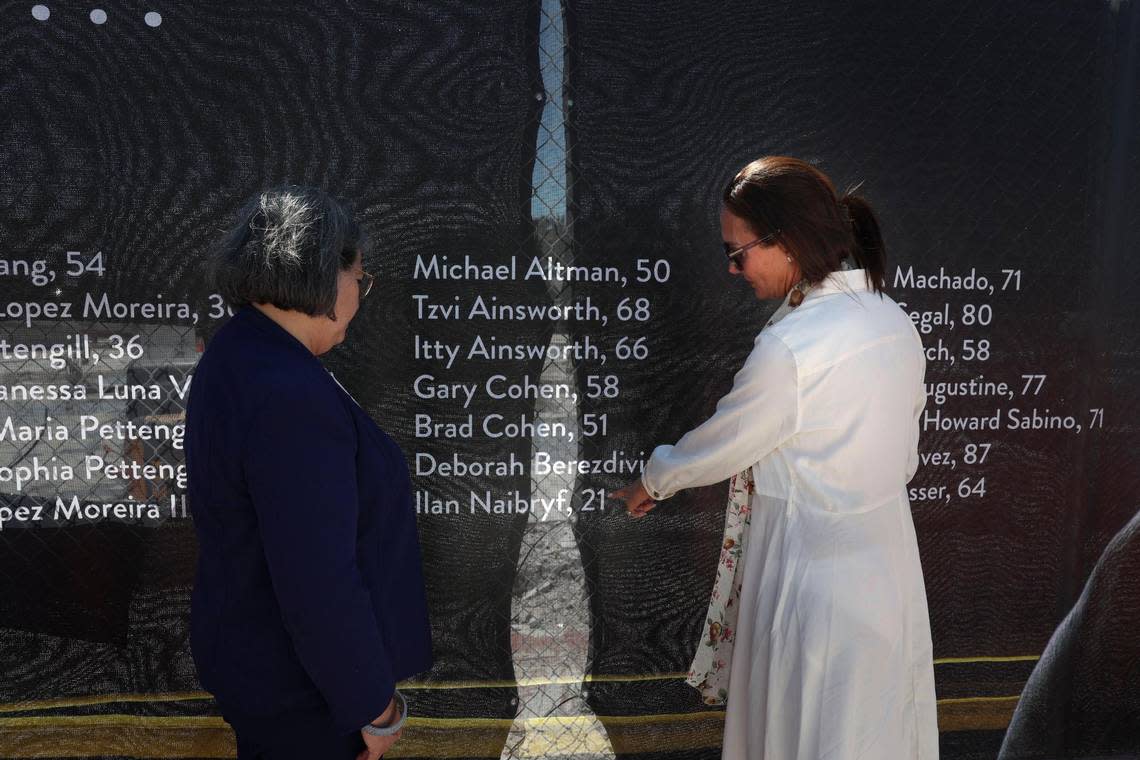
Under Florida law, Ilan’s parents were eligible for a pain and suffering award but not Ilan’s future earnings, considered “speculative” since he was still in school. Ilan’s older sister Tali gave a moving speech to the judges about how her parents lives have been altered since they drove from their Broward home to the collapse site that night, with Ilan’s father Carlos climbing onto the rubble pile to search for his son. Then they waited 13 days for his body to be identified.
“My father, or Papi as we called him, no longer exists. He is more sad than you can put into words, and angry,” Tali said to the judges. “He is unmotivated and unable to work. He has taken on my brother’s life. He uses Ilan’s cellphone, speaks to his friends at the university almost every day to hear what they are up to. He sits in Ilan’s room, and only leaves the house in Ilan’s car. He calls and texts at 2, 3, 4 in the morning because he cannot sleep, but also cannot pull himself out of bed.
“My mother has developed severe anxiety about everything. She is a shell of the person she used to be. Her trauma has completely impaired her ability to make decisions. But she still has to go to work every day so that they can pay the mortgage.”
‘Entire room was crying’
Tali described how her mother has obsessed over the case, making detailed spreadsheets crammed with details on each victim, attending every hearing, studying state laws, learning about the structural defects of the building and inviting families over for dinner.
“After Tali spoke so eloquently, I was crying, the judges were crying, the entire room was crying,” Furst said. “What the families tried to express was that none of us are normal anymore. Judge Hanzman understood.”
Sensing the families’ torment, Hanzman tried to end each hearing with a question: “What now?”
“This whole year we’ve been living for the dead,” Felszer said. “The judge planted the seed of realizing we’re alive and we have to go forward.”
The judges stepped down and hugged everyone.
“It was one of those hugs where you hold tight and hold on,” Felszer said. “It was the type of hug where you could feel the compassion. I felt their suffering, too. I hope they both get therapy.”
For Hanzman, who said he cried multiple times every day and night for six weeks straight, “it was a life-changing experience, one of the worst yet best I’ve ever had. We saw people at their finest at their darkest hour, exhibiting generosity and thankfulness.
“We talked to grandparents who lost children and grandchildren, parents who lost children, siblings who lost brothers and sisters. It brought to the forefront how incomprehensible and immeasurable this loss was.”
Colby said he was inspired as he got to know the neighborhood that was Champlain South. In retirement, Colby has dedicated himself to a mission of helping others with his therapy dog, a golden retriever named Grace. They visit prisons, hospitals, veterans’ clinics, homes for the elderly, “sharing her happy heart and love,” he says. He was struck by the kindness of the people who lived in the condo.
‘Our families forever’
“Miami is really a small community, and even in California I heard from friends who knew someone in that amazing building. The connections go on like tentacles around the world,” he said. “By the end, we knew all 98. These Surfside families are our families forever. They renewed our faith in humanity.”
Said Hanzman: “It was like a little kibbutz, very eclectic and dynamic. I’d be at a restaurant or golf course and people would come up to say they knew so-and-so from Champlain Towers. Six degrees of separation.”
READ MORE: ‘Everybody in Miami knows somebody from that building’
How did the judges do it? They read the binders diligently. They stuck to a schedule of three hearings per day.
“We’d go from the first mini-trial where the entire courtroom was heartbroken to the next one with new facts and faces and tragic narratives and tributes, and the clerks would bring more boxes of tissues, and we’d hear the next case, and then we’d go home and read the binders for the next day, and cry while talking to each other on the phone, and get a few hours of sleep before returning to court at 7:30 a.m.,” Colby said.
“It was all-encompassing. It was devastating. But we wanted to provide some closure, at least from a litigation standpoint.”
Every evening, they would put a tentative value on each claim, based on the lawyers’ demands, jury verdict searches on similar cases, mortality tables, calculations from an accountant who attended the hearings and Colby’s experience.
Personal injury claims were heard during the final week, and the judges listened to gut-wrenching stories from survivors struggling with pain, PTSD, depression, insomnia, inability to concentrate, anxiety over dire financial straits and grief for close friends who died.
“After the first two weeks, we were going at a $200 million per week clip and saw we were on target,” Hanzman said. “Every claim was valued free-standing for what it was worth. I was not going to do any reverse engineering to make them fit. If the claims turned out to be worth $2 billion, then we’d reduce and everyone would get half. If they were worth substantially less, we’d increase them proportionally.
“But we came in on the number. Virtually every award was within range of the claim submitted.”
Hanzman noted there were outliers, including instances where the lawyers undervalued the worth of the individual, and Hanzman awarded more, and a few with “completely unrealistic demands, mostly on the personal injury side.”
Hanzman and Colby said their goals were to distribute every penny of the settlement and treat each claim fairly and consistently.
“I’m very confident if you looked at every award these people received you would conclude that it was not just adequate, but full compensation for the value of the claim that the law would ascribe to it,” Hanzman said.
Michael Goldberg, the court-appointed receiver, defended the judges’ thoroughness.
“As receiver, I had a front row seat to the claims process,” he said. “I witnessed them in chambers working through financial and other information to make sure they considered everything. I am the only lawyer who knows what they awarded to everyone and can honestly say they did an amazing job.”
But some family members and survivors disagree with Hanzman’s assessment. They say Hanzman is overstating his success and the feedback they are hearing from each other is mixed. Some are satisfied and others assert that they received less than the amount submitted by their lawyers, in some cases up to 50 percent less.
“It was an insult for such a brilliant woman, and they might as well have given me nothing,” Blasser said of the award allotted for his late wife. “The young adults got the bulk of the settlement and the people over 60 are worth nothing even though we all suffered.
“I have heard from a lot of relatives and survivors who are unhappy and surprised by unfair amounts.”
Personal injury claimants who survived the collapse feel they are being snubbed by Hanzman again, after they say he failed to cover their property losses with an equitable proportion of the settlement and insurance money and pressured them to take it by siding with the families who wanted to sue owners for negligence. They say $50,000 to $150,000 is not enough to pay for the lifetime of anguish and mental health treatment they are facing.
“We are shocked by an award that makes no sense,” said a resident who barely escaped from the building that night with children but, like others, did not want to be identified out of concern it could affect the family’s payment. “Our attorney was so confident in our claim and we submitted so much documentation, but what we went through and what we’re dealing with was completely devalued.
“The judge is a human being and I think after handling the entire case and developing certain viewpoints about people in his mind, he took too much power by also deciding the damage claims. He should not have been both judge and jury.”
Grossman said his clients received “fair and handsome awards,” and he heard the same from his peers, “but this building housed a cross-section of folks, so naturally you’re going to have some disparate awards and disparate opinions.”
The awards cannot be appealed.
Hanzman said criticism comes with the job.
“I can’t please everybody,” he said. “In virtually every one of my cases, half the people are upset and disappointed. I’m very comfortable with the process and very comfortable saying people in similar circumstances were treated similarly.”
